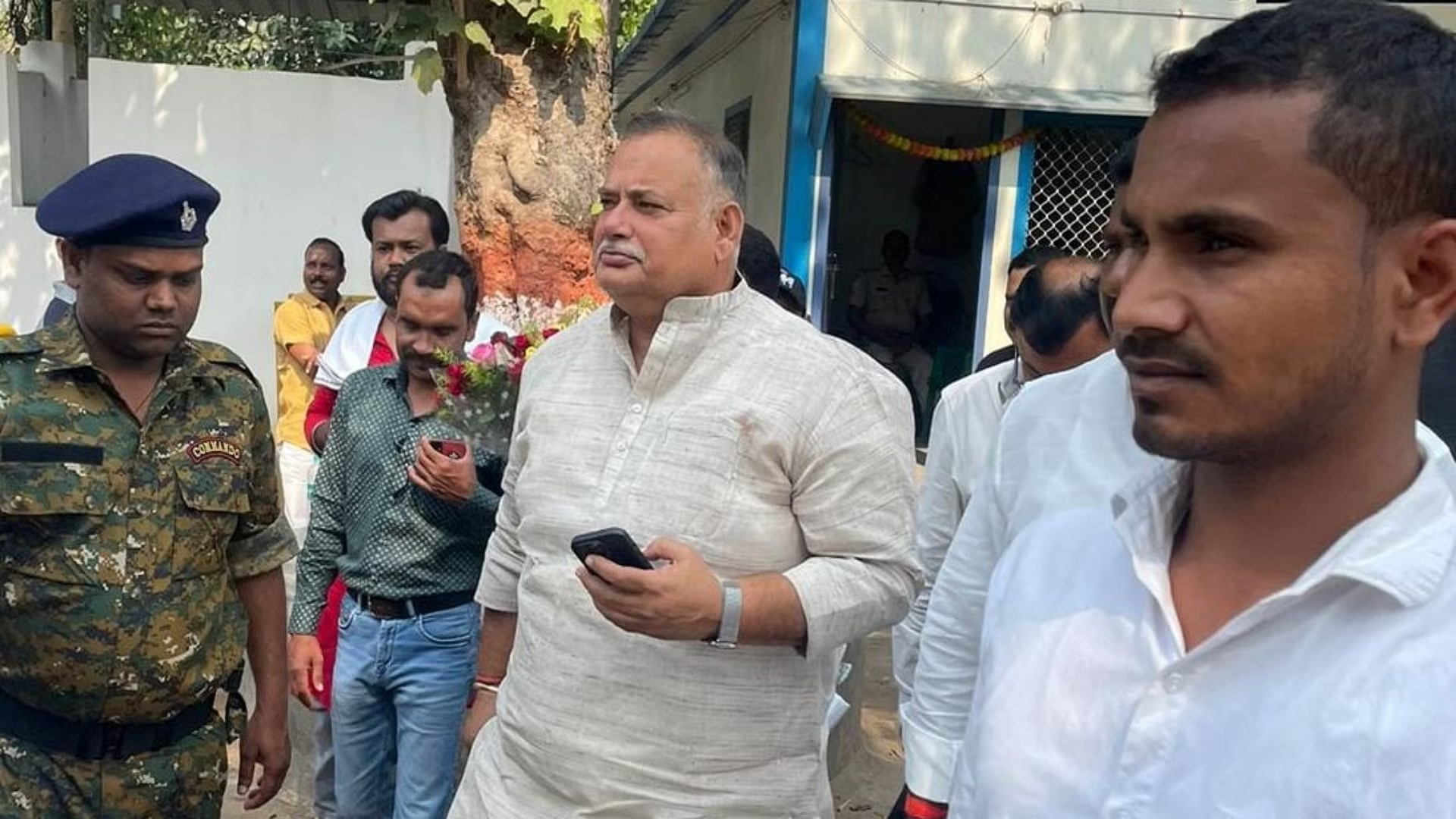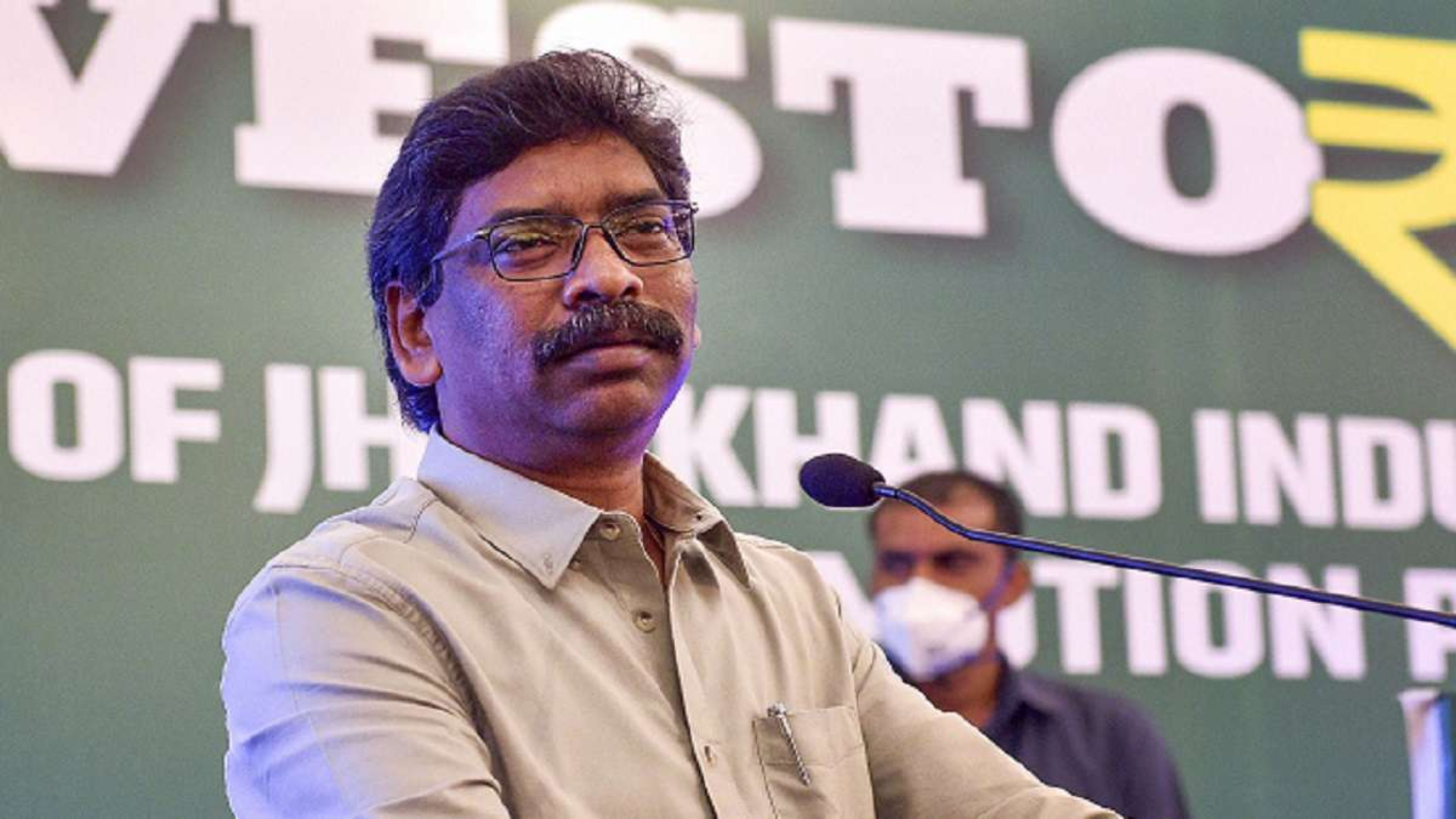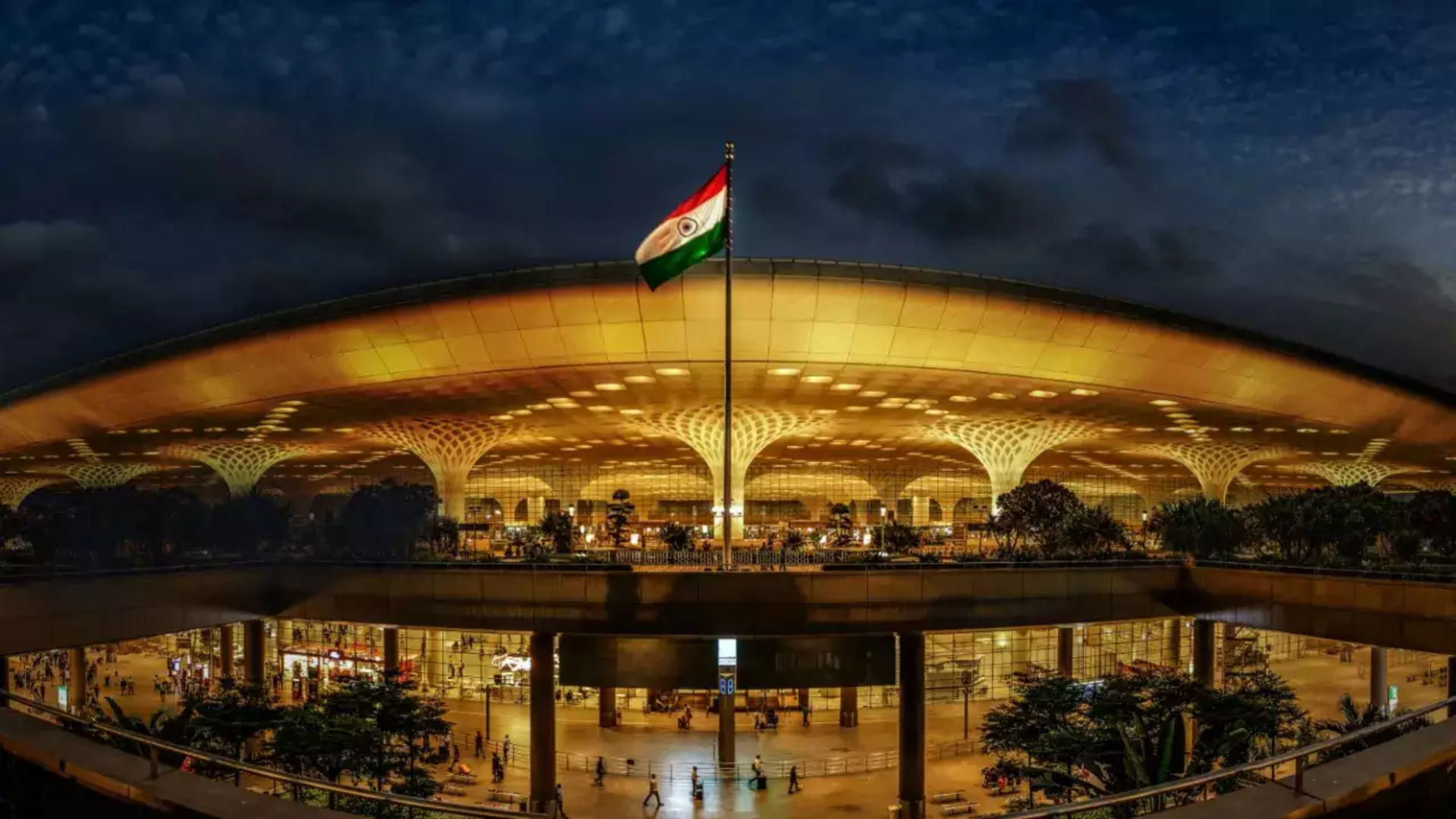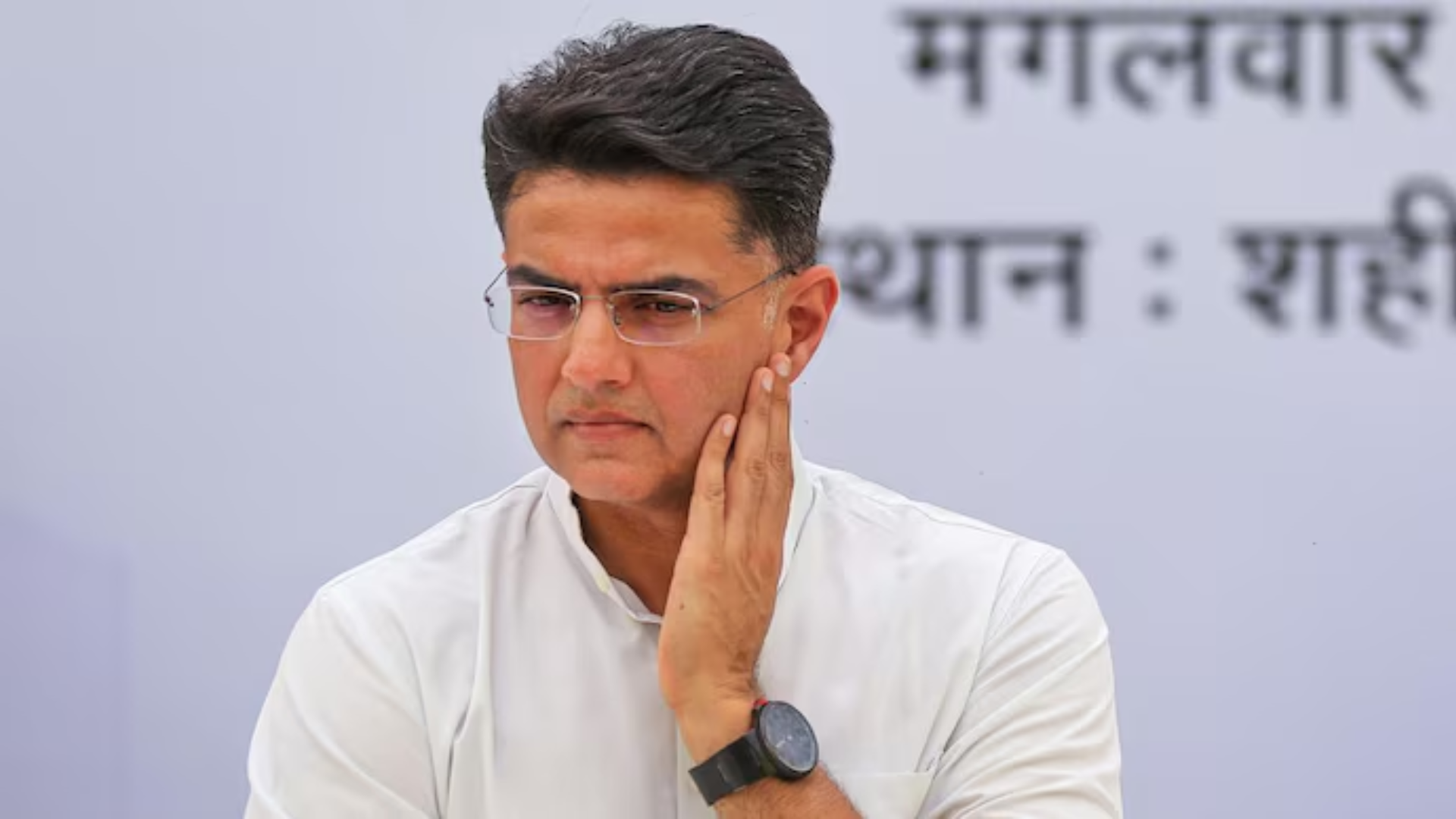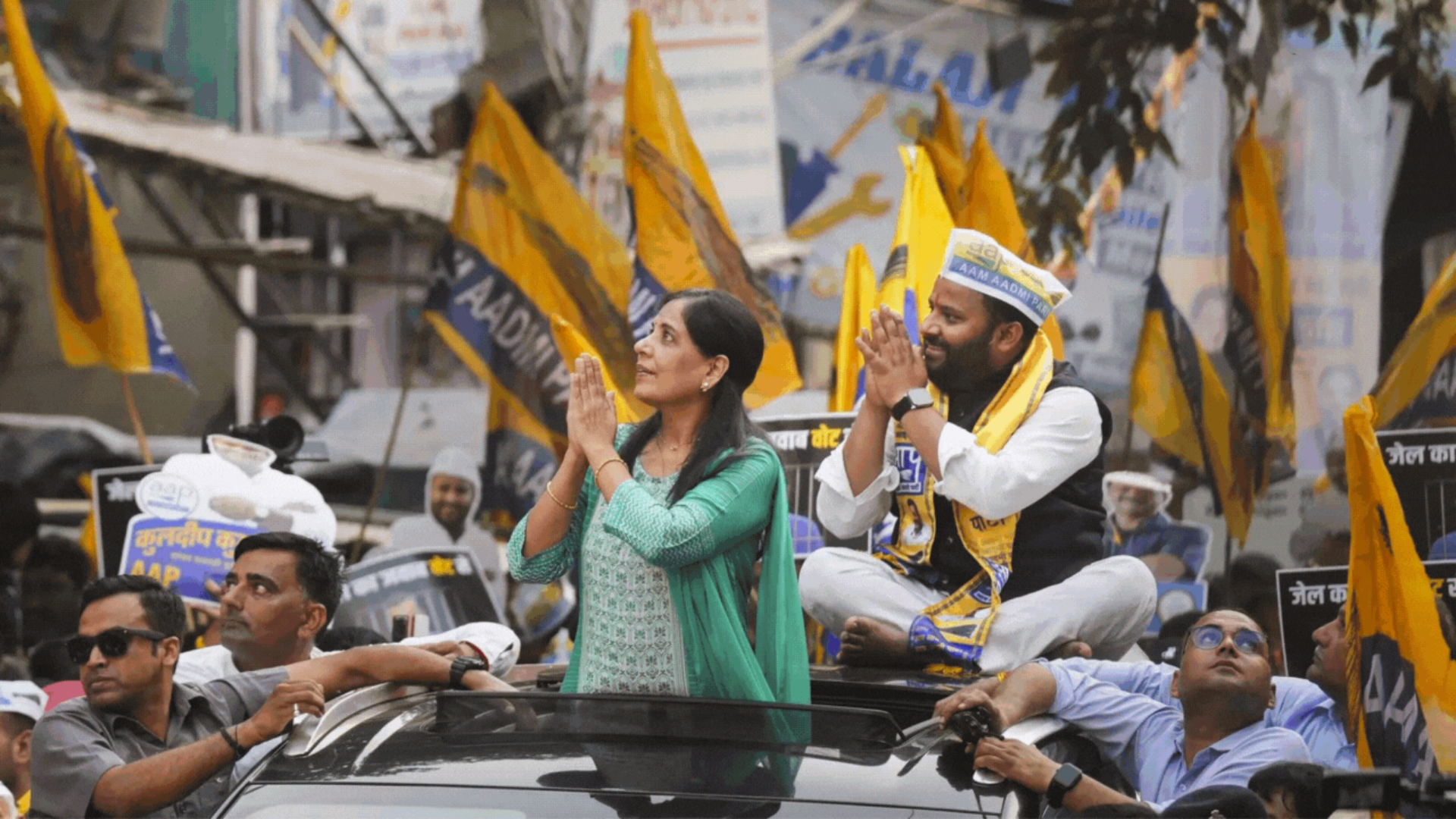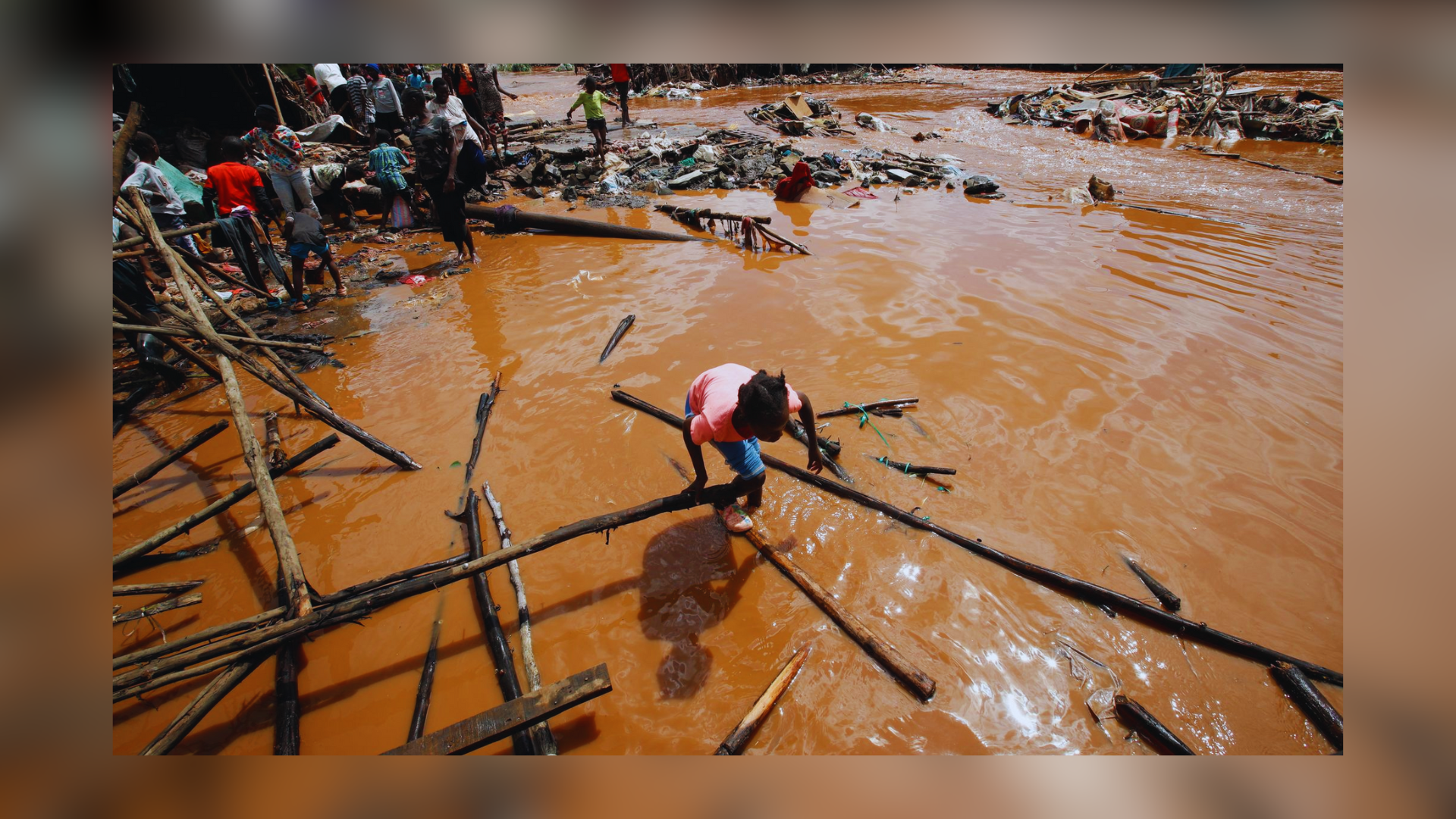




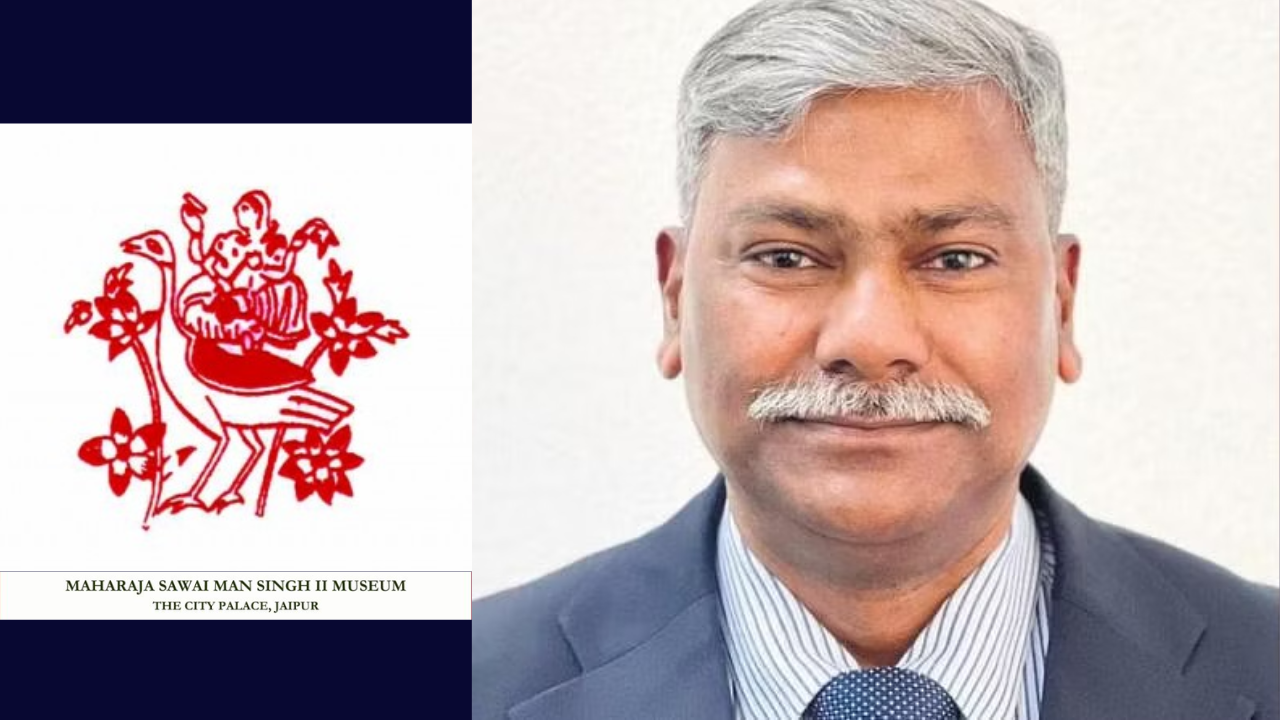
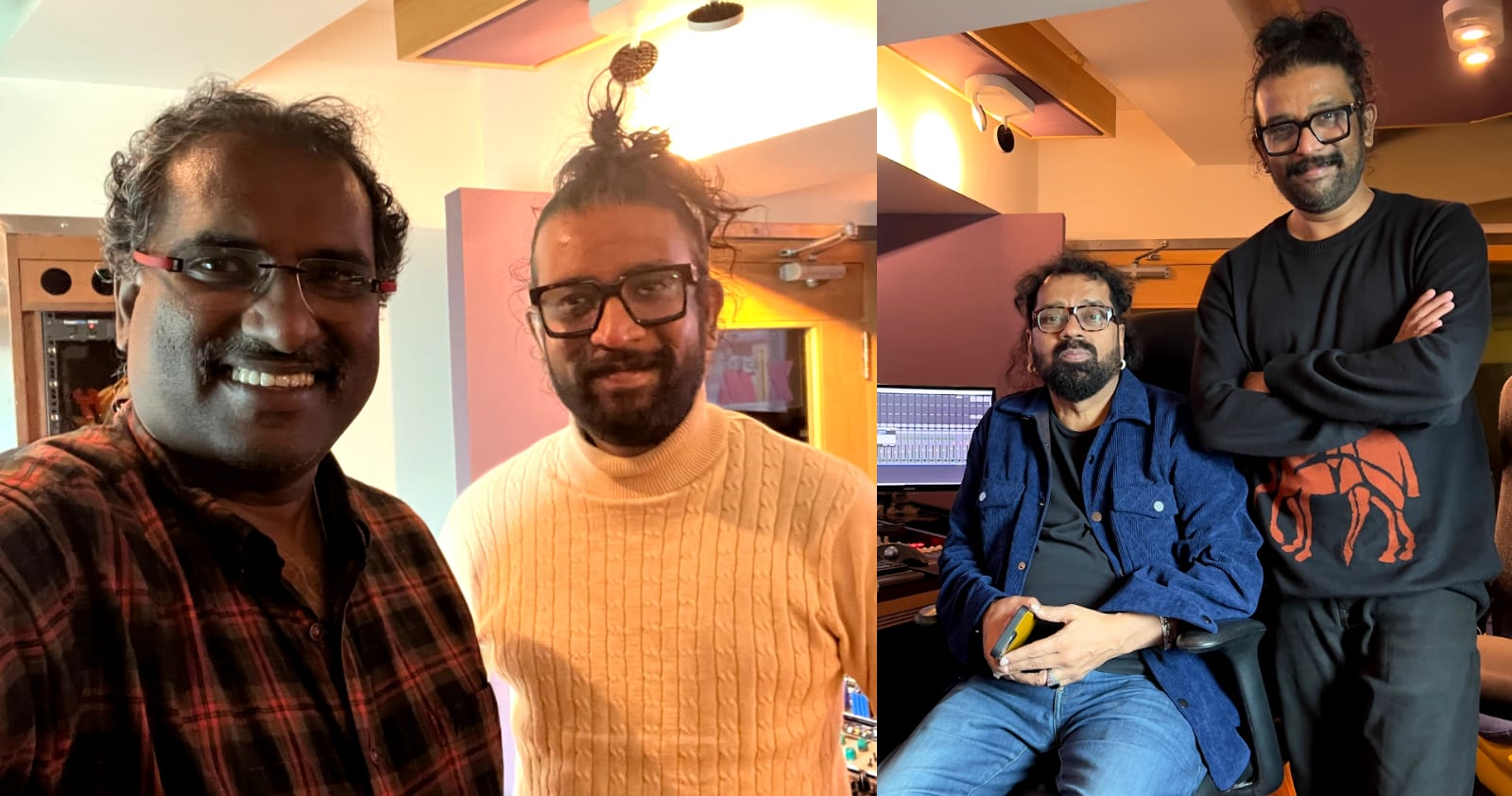

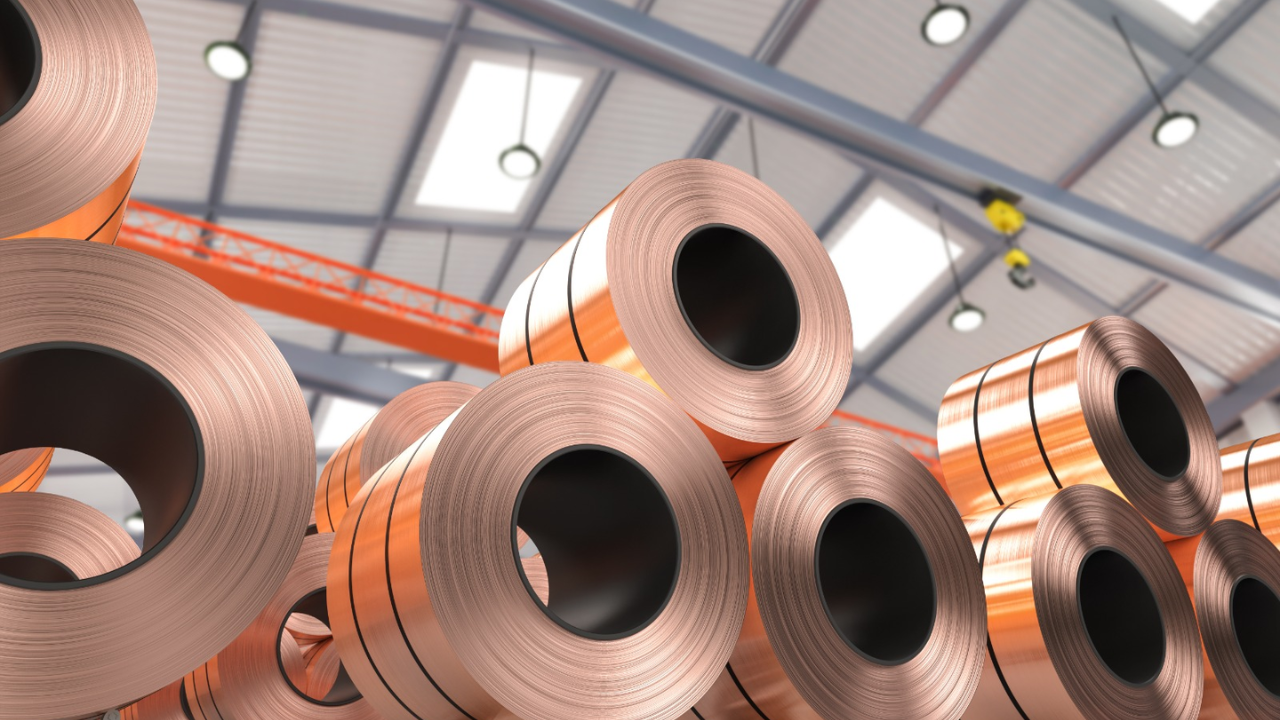
Bridges world-over are not just great architectural marvels – serving as landmarks of human progress in engineering, design, & innovation. Bridges, or Setus as we call them in India, literally ‘bridge’ people of various communities, create unity, connect cities, carry aspirations, enable transportation, and of course, also act as national symbols & tourist destinations. Here is a list of India’s Grand Setus:
Sudarshan Setu
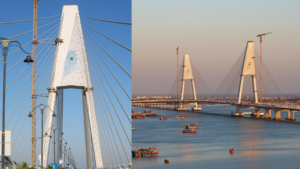
Atal Setu
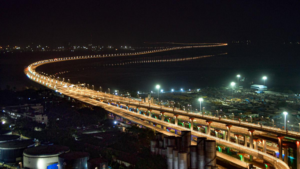
The Mumbai Trans Harbour Link (MTHL), also referred to as the Atal Bihari Vajpayee Sewri Nhava Sheva Atal Setu, stands as India’s longest sea bridge, spanning 21.8 km, with 16.5 km extending over the sea. It is anticipated to accommodate the movement of over 70,000 vehicles daily.
Speaking about the bridge, Prime Minister Narendra Modi said: “The inauguration of Atal Setu shows India’s infrastructural prowess and underscores the country’s trajectory towards a ‘Viksit Bharat’. This project employed around 17,000 labourers and 1,500 engineers while also creating employment opportunities in the transport and construction industries.”
Pamban Bridge
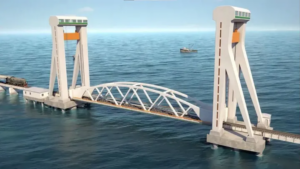
India’s inaugural vertical-lift bridge, the Pamban Railway Bridge, which serves as a vital link between the mainland and Rameswaram Island, is set to begin functioning soon. The new Pamban bridge is being constructed parallel to the existing one under the supervision of Rail Vikas Nigam Limited, with an estimated expenditure of Rs 535 crore. Presently, the previous Pamban bridge is not operational, as rail traffic was suspended in December 2022 due to red alerts issued by sensors.
The forthcoming bridge will comprise 100 spans of 18.3 meters each and one navigational span of 63 meters. It will stand 3.0 meters higher than the current structure, providing a navigational air clearance of 22.0 meters above sea level.
Chenab Bridge
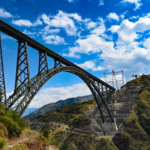
The arch bridge spans from Bakkal to Kauri in the Reasi district of Jammu and Kashmir, serving as a vital connection from Katra to Banihal. Towering at a height of 1,178 feet above the riverbed, it surpasses Paris’ iconic tourist landmark, the Eiffel Tower, by 35 meters. This bridge is an integral component of the Rs 35,000 crore Udhampur-Srinagar-Baramulla Railway Link (USBRL) project, aimed at enhancing connectivity in Jammu and Kashmir by navigating through complex topography and challenging weather conditions. As the world’s highest bridge, it has undergone rigorous testing for high-velocity winds, extreme temperatures, seismic activity, and hydrological impacts from rising water levels.
Brahmaputra Bridge

The Brahmaputra Bridge, currently under construction, will establish a connection between the south and north banks of the state capital, Guwahati. This significant construction project is valued at Rs 2,608.68 crores.
While Guwahati already boasts a bridge spanning the Brahmaputra, this new bridge, situated a few kilometers away, will offer an alternative route for travelers heading to the state capital. Assam’s Chief Minister has announced, “The Assam Government will cover 50% of the land costs for the landmark project spanning 121 kilometers, aimed at alleviating congestion in the capital. The total project cost is estimated at Rs 5,800 crores.”

